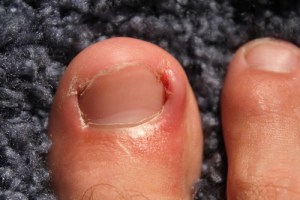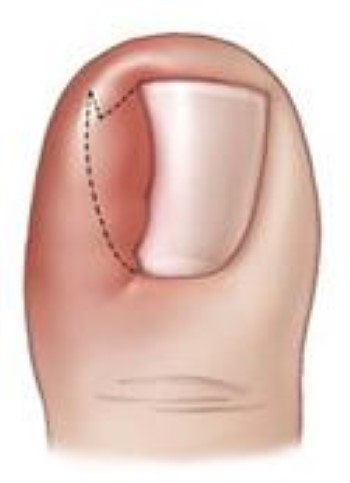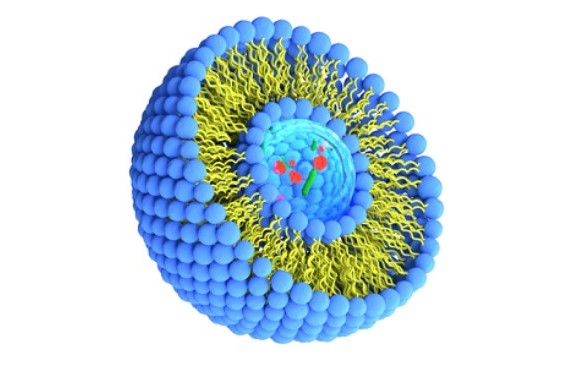
A common cause of an Ingrown Toenail is tight, ill-fitting shoes. One way to prevent an ingrown nail is to eliminate high heels and ill-fitting shoes from your closet. Instead, wear wide-toed shoes with a wide toe box. Ingrown toenail symptoms can be painful, red, and may result in infection. You can also try using a cotton ball wrapped around the toe to help with the pain.
A doctor can perform a partial nail avulsion to remove the ingrown toenail. In this procedure, a physician uses anesthetic to numb the affected toe and pull out a small portion of the ingrown toenail. The reason for this method is that it doesn’t disturb the nail bed, which can be painful. However, the exposed nail bed is exposed, which can result in an ingrown toenail that is prone to recurrence. The ingrown toenail will take at least three to four months to regrow fully.
There are many home treatments for an ingrown toenail. The most common one is applying a wet cotton ball to relieve the pressure. However, if the symptoms are not improving and you’re worried about infection, you should consult a physician. There are also a number of medications you can take to help alleviate the pain and reduce the chances of a recurrence. You can try these methods for several days before seeing a doctor.
The pain and discomfort caused by an ingrown toenail can be uncomfortable, and you might be tempted to visit your doctor. However, you can treat this condition yourself at home to alleviate the pain and prevent further complications. You can soak the affected foot in warm saltwater for at least 10 minutes to ease the pain. The warm saltwater will help to prevent infection. Regular table salt will do just fine.
You can also use wet cotton to remove an ingrown toenail. A wet cotton ball will help to lift the ingrown toenail and prevent an infection. It is best to wear shoes with room for movement. A doctor can also prescribe you an antibiotic to relieve your symptoms. A doctor can recommend a treatment that is effective for your ingrown toenail. There are several ways to treat an ingrown toenail.
First, soak your foot in warm water with a cotton bud or part of a cotton ball to alleviate the pain. You should wear a pair of shoes with room for movement. You should also change your shoes frequently. This will help prevent ingrown toenails from forming in your feet. Changing shoes regularly is an essential part of treating an ingrown toenail. There are a variety of ingrown toenail causes.

Home remedies for an ingrown toenail are very effective. You can use a moist cotton ball to remove the ingrown nail. You can also place a cotton bud on the ingrown toenail to help alleviate the pain. Then, soak your foot in warm water, changing it every day. This will help you relieve the pressure and prevent an infection. You should always seek the advice of a doctor if you have a problem with an ingrown toenail.
If an ingrown toenail hurts, you should seek medical attention. To prevent infection, soak your foot in warm water twice a day. A cotton swab or Epsom salt will work. To prevent further infection, you should wear comfortable shoes with good range of motion. You can also use a Q-tip to apply Epsom salt to an ingrown toenail. Finally, try wearing loose shoes that have room to move.
An ingrown toenail can be treated at home. However, home treatment is not recommended if you have a serious infection or your symptoms get worse. You can also use an antibiotic cream on the area. Dry cotton should be applied to relieve pressure. If the condition worsens, you should contact your doctor and also seek advice from the health website https://lamido.co.id/
to ensure that the condition is not a symptom of an infection.
The symptoms of an ingrown toenail are often very painful and should be treated as soon as possible. An orthopedist will help determine the cause of the problem and prescribe the best treatment. If you experience frequent symptoms of an ingrown toenail, contact your podiatrist immediately. A professional can diagnose and treat an ingrown toenail and treat it. The doctor may even remove the entire nail to prevent the infection from spreading.
